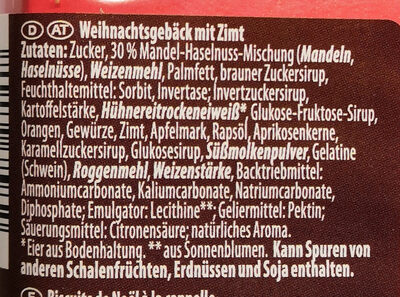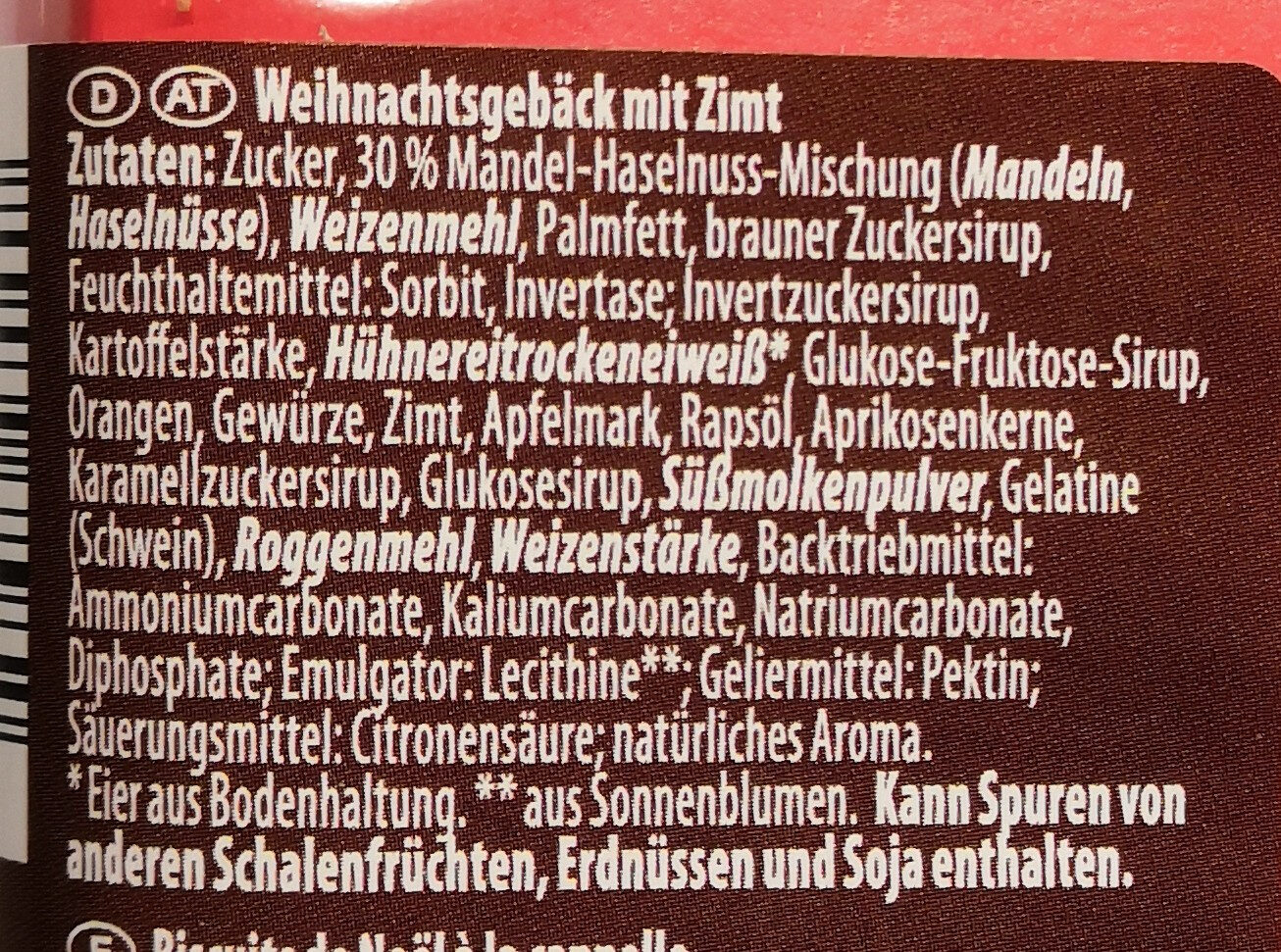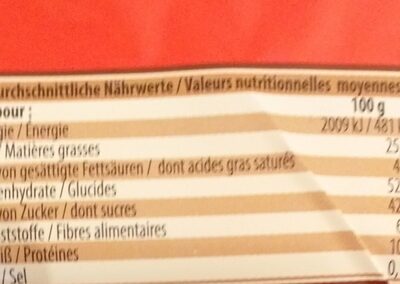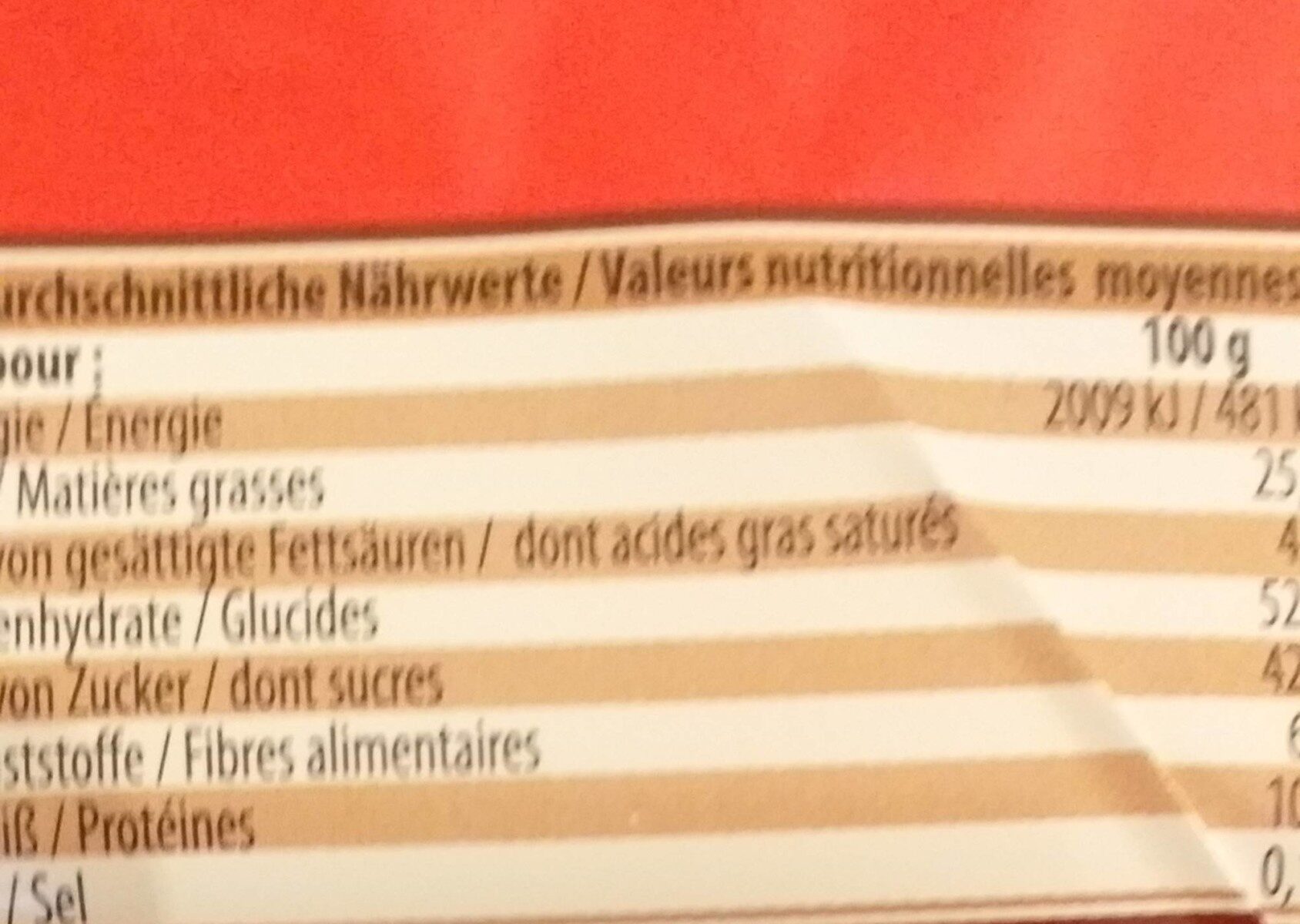Zimtsterne - Goldora - 125 g
Ambiguous barcode: This product has a Restricted Circulation Number barcode for products within a company. This means that different producers and stores can use the same barcode for different products.
×
This product page is not complete. You can help to complete it by editing it and adding more data from the photos we have, or by taking more photos using the app for Android or iPhone/iPad. Thank you!
×
Barcode: 20197582
Quantity: 125 g
Brands: Goldora, Conrad Schulte
Categories: Snacks, Sweet snacks, Biscuits and cakes, Pastries, de:Weihnachtsgebäck
Labels, certifications, awards:
German Agricultural Society, Gold medal of the German Agricultural Society, 2018 Gold medal of the German Agricultural Society, 2021 Gold medal of the German Agricultural Society
Manufacturing or processing places: Rietberg, Deutschland
Stores: Norma
Matching with your preferences
Environment
Packaging
Transportation
Threatened species
Report a problem
Data sources
Product added on by prepperapp
Last edit of product page on by teolemon.
Product page also edited by ecoscore-impact-estimator, gabrielb31, kiliweb, openfoodfacts-contributors, packbot, predatorix, yuka.sY2b0xO6T85zoF3NwEKvlnJKDOfvsxPHFwXRu0mF9_iHfrrJStZX05r1Kas.











